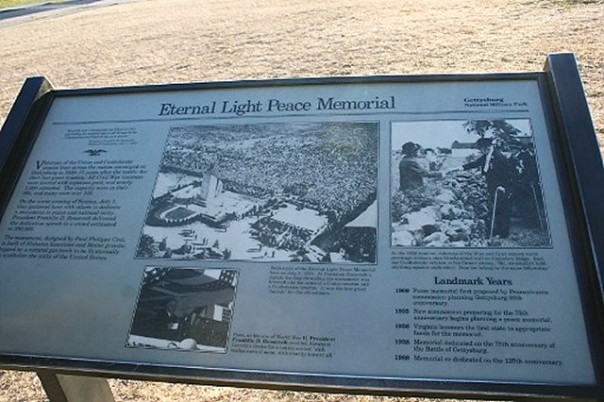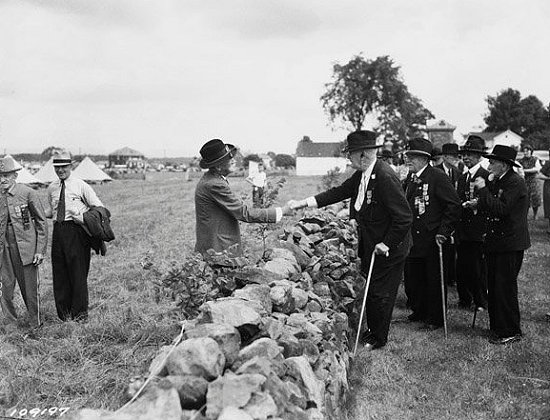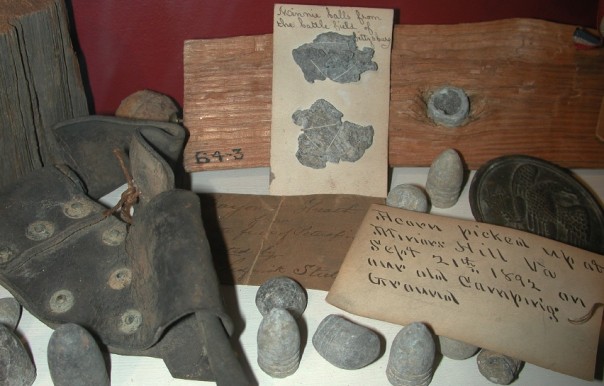To Walk, To Ride, To Remember At ‘Gettysburg’
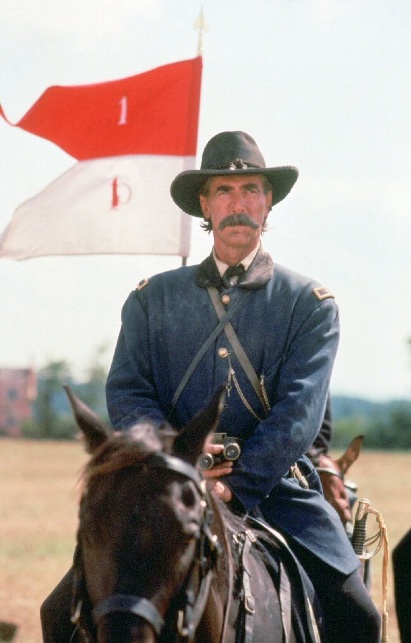 Texas was there. So was Alabama, Georgia, Louisiana, Mississippi, South Carolina and Virginia. Facing them, Connecticut, Indiana, Massachusetts, Michigan, Maine, New York, Pennsylvania and Wisconsin men. And so many more.
Texas was there. So was Alabama, Georgia, Louisiana, Mississippi, South Carolina and Virginia. Facing them, Connecticut, Indiana, Massachusetts, Michigan, Maine, New York, Pennsylvania and Wisconsin men. And so many more.
The brilliant Confederate General Thomas “Stonewall” Jackson was not present – or the outcome of the three-day battle may have been different. Mistakenly shot by fire from his own men in the murk during the battle of the Wilderness just months before, Jackson was dead, at rest beneath the Virginia soil.
Men from the North and the South, however, brawled across the open farm country of Pennsylvania amid sultry summer heat July 1, 2 and 3.
“We entered Gettysburg in the afternoon, just in time to meet the enemy entering the town, and in good season to drive him back before his getting a foothold.” – John Buford, who saw the value and held high ground for the Union at Gettysburg, July 1, 1863.
There is nothing like paying a visit the place where the battle happened. But next best (or before a trip there) is to watch the movie “Gettysburg” (released in 1993) – especially to mark the dates when it occurred (and think of fighting in the heat.) A new director's cut DVD with commentary adds interesting insights to the human drama as well as challenges in making the film, which is based on Michael Shaara's Pulitzer Prize-winning novel The Killer Angels.
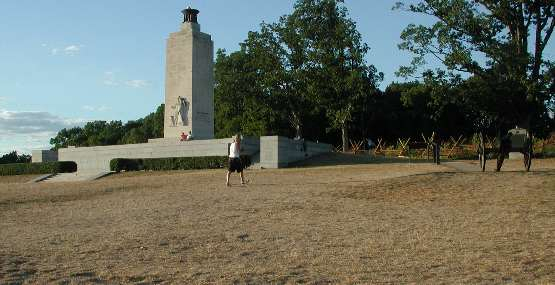
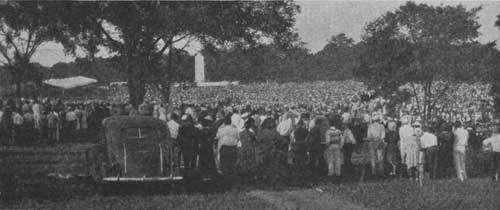
Above, a portion of the crowd, estimated at 250,000 people who were present on the occasion of the dedication of the Eternal Light Peace Memorial, July 3, 1938, in Gettysburg National Military Park. The dedicatory address was given by President Franklin D. Roosevelt in front of the Peace Memorial, which may be seen at the center background. The veterans pavilion is at the left. To view a short clip of Gettysburg battle survivors shaking hands across the stone wall at the Angle (and one giving a yip-yip rebel yell), visit this link to YouTube.
Why is there only one Confederate vet (at left) versus so many Union survivors (at right)? Nearly 40 percent of the Southern men were killed or wounded (some literally disappeared during cannon blasts) on the march across the open field to the “Angle” (Union side) during Pickett's charge.
The National Park Service allowed access and filming in site at Gettysburg National Military Park on sites that included Devil's Den and Little Round Top. Much of “Gettysburg” was shot at a nearby Adams County farm and thousands of Civil War re-enactors agreed to participate in the massive battle scenes – even lending authentic equipment in a pinch.
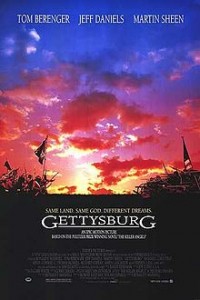 Ted Turner financed the epic project after every other studio turned it down. (Turner appears in Pickett's Charge as he leads his men across that mile-long open field as Colonel Waller T. Patton, the great uncle of World War II Gen. George Patton – something learned by watching the extended footage on the DVD.) Ken Burns, who co-wrote and directed the PBS documentary The Civil War appears as aide to Major General Hancock amid a bombardment that precedes Pickett's Charge. Burns tells Hancock, “General, please get down. We cannot spare you.” Hancock replies, “There are times when a corps commander's life does not count.”
Ted Turner financed the epic project after every other studio turned it down. (Turner appears in Pickett's Charge as he leads his men across that mile-long open field as Colonel Waller T. Patton, the great uncle of World War II Gen. George Patton – something learned by watching the extended footage on the DVD.) Ken Burns, who co-wrote and directed the PBS documentary The Civil War appears as aide to Major General Hancock amid a bombardment that precedes Pickett's Charge. Burns tells Hancock, “General, please get down. We cannot spare you.” Hancock replies, “There are times when a corps commander's life does not count.”
A related film, Horses of Gettysburg, provides an interesting view on the battle with Ronald Maxwell, director of Gettysburg and Gods and Generals – his commentary about actors who could ride well and matching horses to ability provide interesting behind-the-scenes details.
Ride, Walk, Get There: A recent donation of a Lincoln relic was made to the NPS; story linked here. Battlefields exist today because people took steps to preserve the lands on which the events happened. Learn more about ongoing efforts (there are many many fields and sites) at Civil War Trust. Artillery Ridge Historical Attractions offers tours of the battlefield on horseback, or stable and camping for those with their own horses. Gettysburg National Military Park summer ranger programs offer daily walks, activities geared to families with children, tours and evening campfires throughout the park and at the museum and visitor center through Aug. 15. For information call the park at (717) 334-1124, extension 8023/8024.

